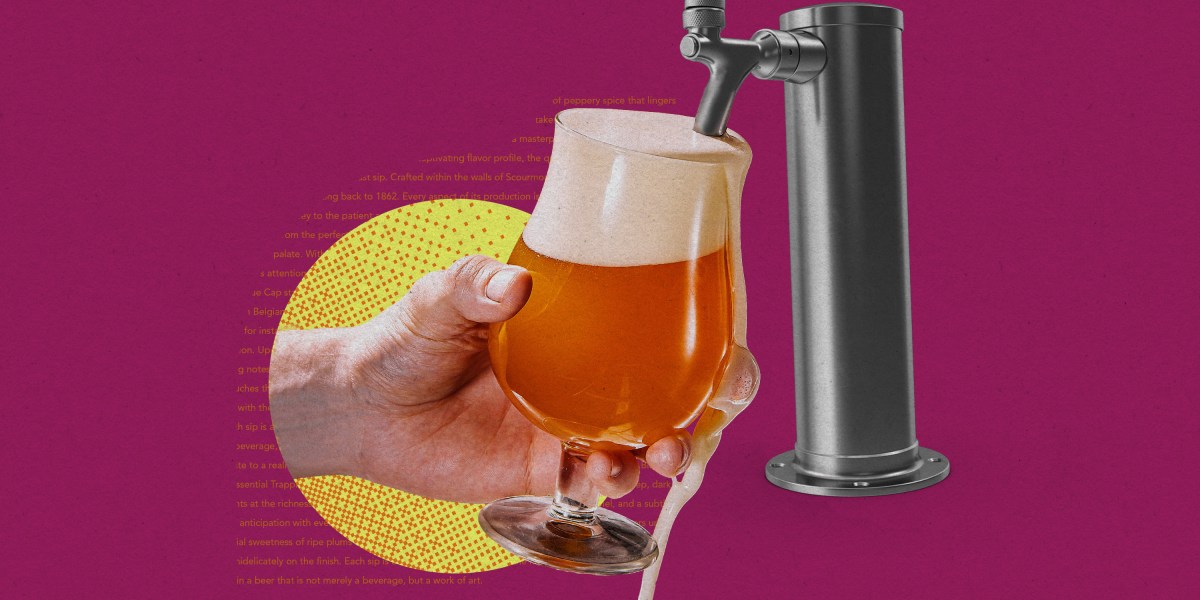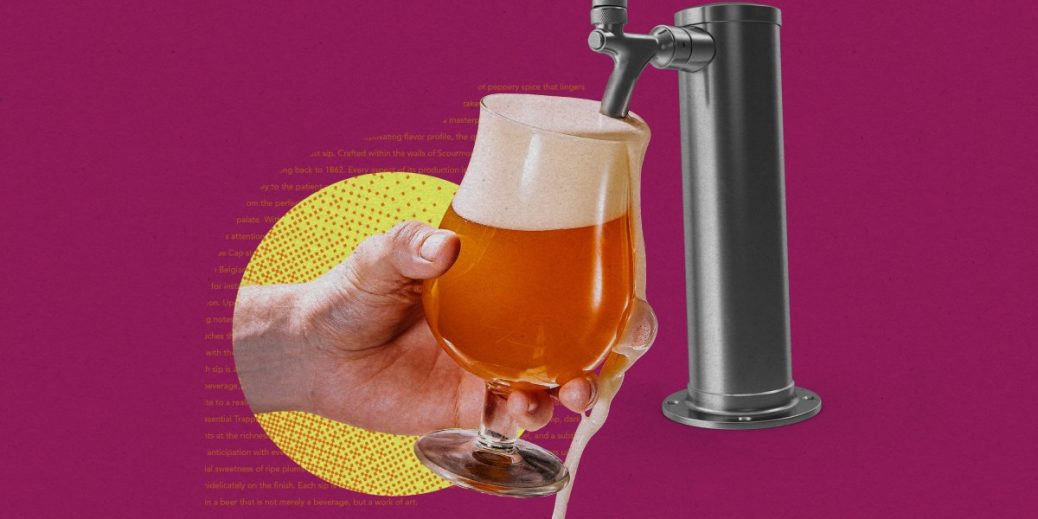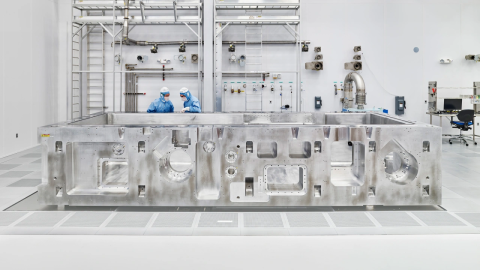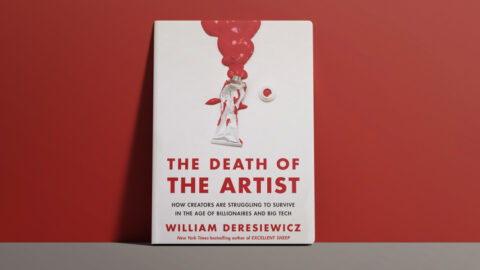
These kinds of models could help food and drink manufacturers develop new products or tweak existing recipes to better suit the tastes of consumers, which could help save a lot of time and money that would have gone into running trials.
To train their AI models, the researchers spent five years chemically analyzing 250 commercial beers, measuring each beer’s chemical properties and flavor compounds—which dictate how it’ll taste.
The researchers then combined these detailed analyses with a trained tasting panel’s assessments of the beers—including hop, yeast, and malt flavors—and 180,000 reviews of the same beers taken from the popular online platform RateBeer, sampling scores for the beers’ taste, appearance, aroma, and overall quality.
This large data set, which links chemical data with sensory features, was used to train 10 machine-learning models to accurately predict a beer’s taste, smell, and mouthfeel and how likely a consumer was to rate it highly.






Recent Comments